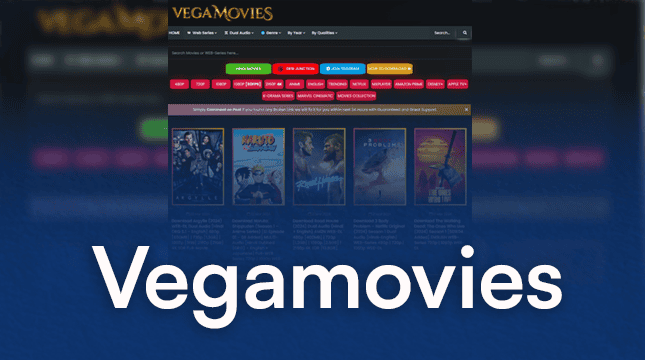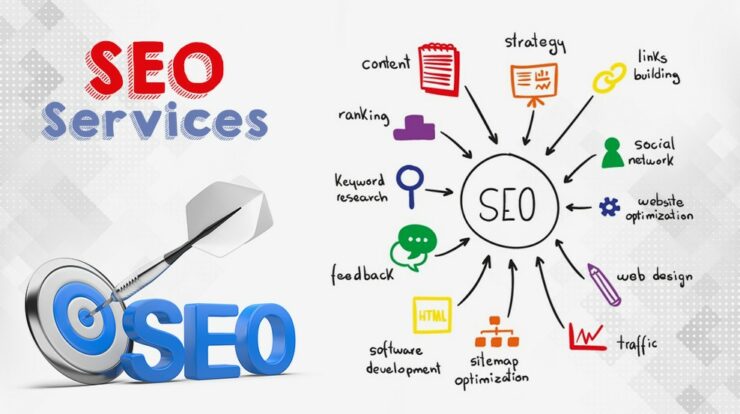
The next phase of worker training is mobile learning. Access to bite-sized microlearning information via employees’ mobile devices increases engagement, retention, and business success.
The days of bulky textbooks and slow-moving Learning Management Systems (LMS) are over. Smartphones have moved to the centre of our lives, including education.
How many times have you grabbed your phone when a thought occurred to you? We already use our cell phones to learn when we need to, and mobile learning aims to capitalise on these current behaviours by providing continual chances to study and upskill.
This tutorial will explain what mobile learning is, its essential characteristics, the benefits of mobile learning, and how to implement a successful mobile learning plan.
Definition of mobile learning
Mobile learning, often known as “mLearning,” is a method of accessing learning information via mobile devices. This strategy enables learning at the point of need, allowing users to access material whenever and wherever it is convenient for them.
The most significant aspect of mobile learning is its emphasis on the learner’s mobility; allowing them to select when and where they want to access learning allows them to move at their own speed, enhancing engagement and information retention.
mLearning’s Key Characteristics
There are many significant aspects that contribute to the effectiveness of mobile learning for training scattered workforces:
Social Education
Mobile learning frequently employs social learning to improve engagement, with the goal of emulating online habits. This might include a forum, newsfeed, or chat option where students can ask questions, connect with classmates, and share their thoughts.
Content for microlearning
Microlearning content is frequently delivered via mobile learning: 2- to 5-mminute bursts of pertinent information meant to keep learners’ attention and boost knowledge retention. Microlearning material works by recreating the content we consume on a regular basis through our social media feeds, utilising short-form video, animation, gamification, quizzes, and other interactive forms to better engage today’s workforce.
Simple access
Though not all mLearning systems offer it, seamless access is quickly becoming a critical component of mobile-based training solutions. Whether it’s eliminating the login procedure with seamless links or integrating information straight into your native app, decreasing this friction boosts engagement and makes training more accessible for learners on the move.
The benefits and drawbacks of mobile learning
So now we understand what mobile learning is. Is it, however, the best training style for your workforce? To find out, consider the following benefits and drawbacks:
The benefits
1. Millennials adore mobile devices
Smartphones are currently used by 80% of the world’s population. Mobile phone usage has risen to 97% among millennials, who now account for more than half of the worldwide workforce. Millennials, on the other hand, are addicted to their smartphones. 90% of people constantly have their smartphone with them.
It seems logical that the best approach to reaching the modern student is through the gadget on which they rely the most.
2. It is more effective
According to research, m-learning increases productivity by up to 43%, with learners finishing courses up to 45% faster than those learning on a desktop computer. Short-form material that can be completed on the go allows learning to be incorporated into current workflows, empowering rather than disturbing your employees.
Mobile learning is also easier to produce and distribute. Managers can quickly update and distribute courses to their scattered staff, freeing up important time that can be spent elsewhere.
3. It is more easily accessible
It is critical for desk less employees to have 24/7 access to bitesize mobile training courses via the device they currently use. Going a step further and embedding learning into an existing worker app can make learning even more accessible for your scattered employees, eliminating the need for them to remember login details and ensuring they always have access to the information they want.
4. It’s more interesting
Condensing enormous amounts of knowledge into bite-sized bits allows for a rapid and easy learning experience, while interactive components like quizzes and leaderboards assist to engage and inspire learners.
Learners may pick up their phones, finish a 2–3 minute lesson, and then return to whatever they were doing. This implies that learning may be integrated into their normal process, and users will quickly see its worth, leading to an increase in employee engagement.
5. It is inexpensive
Renting a facility, paying an instructor, printing out training materials, covering travel and meal expenditures, and even taking into account lost productivity from time spent in the classroom all add up quickly for organisations.
Switching to mobile learning instantly reduces these expenditures. Increased engagement with mobile training results in improved completion rates and ROI.
6. Encourages continued usage
mLearning guarantees that training gets established in your workforce culture, as opposed to in-person or desktop LMS training techniques, which make it difficult for learners to repeat courses and remember information over time.
The easier it is for employees to study and finish classes, the more likely they are to continue learning and benefiting from your training program. Continuous learning is essential for developing a highly productive, engaged, and motivated workforce that is empowered to perform at its best.
7. It increases staff retention
Mobile learning is also advantageous from a commercial standpoint. More than half of corporate owners report increased growth after incorporating m-learning into employee training, as it not only promotes productivity but also retention.
According to LinkedIn research, 94% of employees would stay with their employer longer if it invested in their professional growth. Making training more available with a mobile learning platform guarantees that employees are aware of your L&D offering and are more likely to stay and benefit from it.
The negative aspects
1. It can be a source of diversion.
Bringing mobile phones into the workplace might be a distraction if done incorrectly. If learners are interrupted by text messages, notifications, and the allure of social media feeds, mobile learning has the potential to hinder rather than help productivity.
That is why it is critical to select a platform that makes training as interesting and interactive as possible in order to keep your learners’ attention.
2. Technological impediments
Companies that may not have access to mobile technology or an internet connection may face significant challenges in implementing m-learning. Before implementing any type of learning solution, it is critical to assess how your teams presently operate, the technology they have access to, and what type of training would have the greatest impact.
When it comes to technology, the deskless worker is particularly underfunded. Consider investing in supplying them with the appropriate mobile technology to suit their requirements and growth—it will increase their productivity and save you time and money in the long run.
3. Knowledge
A training programme is only as good as its content; no matter how user-friendly the software or interactive the gamification elements are, you won’t be able to reap the benefits of mobile learning if the content isn’t appropriate for your learners.
Ensure that your learning content is tailored to the needs of your employees. What information do they require to do their duties effectively? Which format works best for their workflow? If your staff lacks this level of experience, you may want to consider hiring a learning consultant to make the most of your m-learning tools and create actual business results.
Top strategies for achieving success with mobile learning
We understand why mobile learning is important for workforce training, but what can we do to make the most of it?
Here are our top ideas for developing an impactful mobile training approach.
1. Make it simple to get started
Learners will assess whether the mobile learning platform is worthwhile in 4-5 clicks. Reduce friction at all phases of the onboarding experience and make it simple to restart learning once logged in—this is accomplished through seamless learning, which provides learners with immediate access to learning content without the need to log in.
2. Create mobile learning for mobile devices.
Mobile learning involves more than just scaling down current desktop e-learning to fit a smartphone screen. Consider how you and your learners use mobile phones, and then utilise that knowledge to design a dynamic and engaging mLearning experience. Replicating common activities from their favourite applications will assist you in developing an easy-to-use, intuitive design.
3. Make use of video content
We rely on YouTube lessons rather than textbooks for a reason: we’re 95% more likely to recall material delivered in video format since it’s simply easier for our brains to absorb. Try introducing video into your mobile learning content with a personal greeting from the company’s CEO, a safety demonstration, or a “day in the life” type ride along, similar to the bitesize video content we’re used to consuming on social media.
4. Play around with gamification
Using game elements like points, leaderboards, and opportunities to “level up” creates a more engaging experience for end users and encourages repeat usage; it’s why we get addicted to game applications on our phones, and it’s what will raise completion rates for your training. Companies that incorporate gamification aspects into their training experience a 60% boost in engagement and a 50% increase in productivity.
5. Maintain a lighthearted, conversational tone
Most individuals cringe when they hear the words “corporate training.” Use a light-hearted, conversational tone in your mobile learning programme to combat this impression. It’s more engaging, it makes training feel less like a “task,” and it’s a better match for a more informal platform.
6. Encourage lifelong learning
The beauty of m-learning is that it gives end users 24/7 access to training that they can do at their own pace and in their own environment; it doesn’t have to end with onboarding. Encourage ongoing learning by offering new methods for them to upskill and improve performance, which may be accomplished by setting up triggered and contextual alerts that direct them to the appropriate training course.






